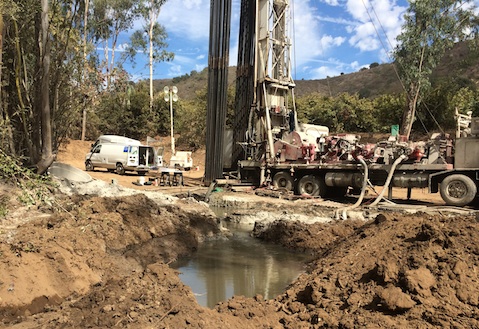Report Analyzes Goleta Gas-Out
Facts Made Public on Hydrogen Sulfide Spill that Sickened Many in October

The mea culpas flow thick and humbly throughout the county Office of Emergency Management (OEM) wrap-up of the Ellwood Canyon hydrogen sulfide release last October, and the agencies involved are changing procedures and buying equipment to avoid a repeat of the delayed public notice. But western Goleta residents downwind of the release, who have stewed for three months over the incident, want more to be done, they told the Goleta City Council on January 17.
Hydrogen sulfide (H2S) is the Slenderman of the drilling world. A breath or two can kill at 700-1,000 parts per million (ppm). The drillers, an outfit from New Mexico, were just outside city borders, putting in an agricultural well on October 9, 2016. They were down to 3,250 feet when they hit a pocket of H2S around 4 a.m. Their personal detection monitors registered a low level of H2S, 10-15 ppm, they later told a county Environmental Health Services inspector, but that morning they didn’t report it to the state or the county. Their permit didn’t explicitly require it, though state law does.
The heavy gas had rolled to the Ellwood Bluffs less than an hour later, awakening Mark Kram, a hydrogeologist who has worked in the oil fields and lives at the Hideaway, about two miles from the well site. It also registered on the fence-line monitors at Venoco’s Ellwood Onshore Facility, about half a mile west of Kram’s home, which sent an automatic email notification to the Air Pollution Control District that Sunday morning.

